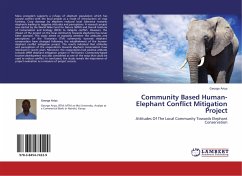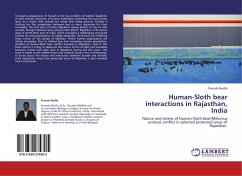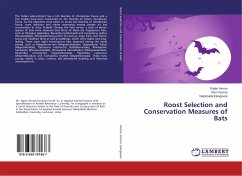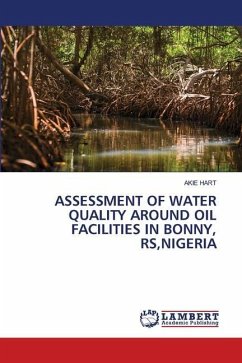Human wildlife Conflicts (HWC) is an interaction between human activities and wildlife conservation with negative impacts to both parties. This study applied social economic survey method to examine the causes and mitigation measures in managing human wildlife conflicts in Swagaswaga Game Reserve. Major causes of HWC were crops destruction by problem animals which is more intense than damage by dangerous animals, bad treatment from game rangers, eviction from their land, and resource use restrictions were also causes of HWC. Both preventive and none preventive measures were applied to manage HWC though the later dominates. Measures included conducting forums with community, developing village land use plan (VLUP), boundary demarcation and conservation education. Government Problem Animal Control measure (PAC) ranges from conducting patrols, boundary demacation by government, scaring to chasing problem animals. Payment of compansation through consolation funds was not mentioned byrespondents of SWGR. Findings also indicates unsatisfaction of local communities over the adequateness of government internvetions.








